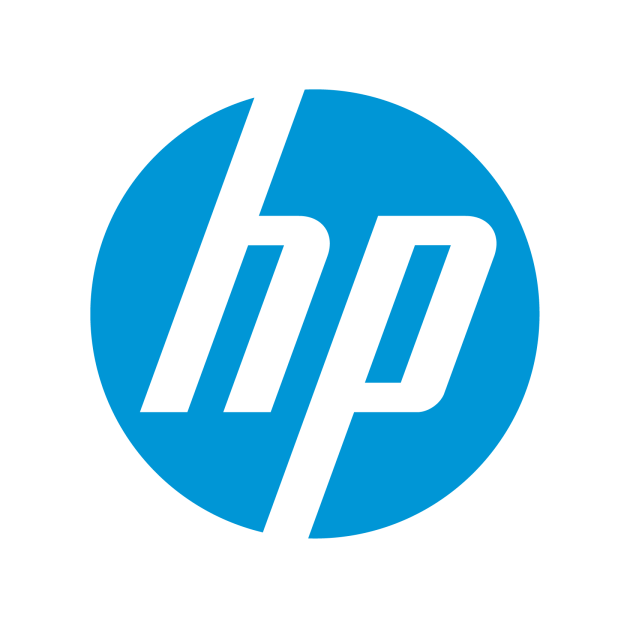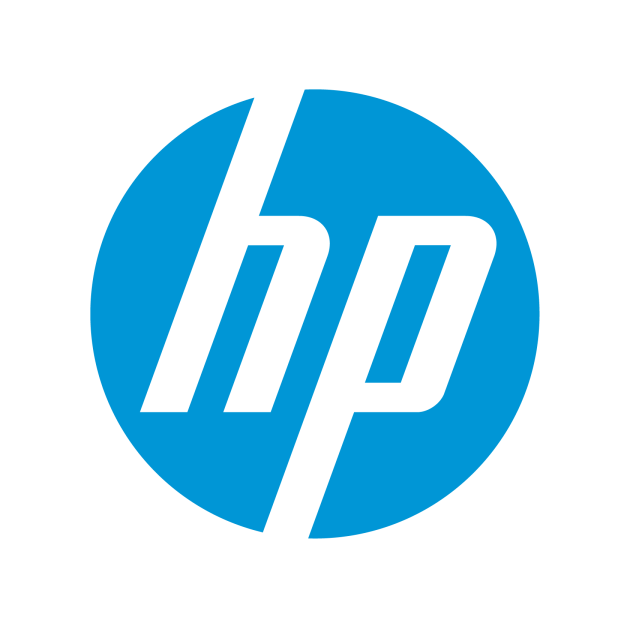- Posted Jan. 1, 2014, 8 a.m. - 11 years, 6 months ago
Happy Birthday Hewlett Packard
On the 1st January 1939, in a garage in Palo Alto, California, Bill Hewlett and Dave Packard founded a company, the name of which was agreed on the flip of a coin and Hewlett Packard was the result. The organisation would come to be recognised globally as an industry leader in the field of information technology, through its continuous invention and pioneering design.
Having met whilst studying at Stanford University, the first product offered by the Electrical Engineering graduates was the HP Model 200A, a resistance-capacitance audio oscillator to enable the testing of sound equipment. Within a year, the company had moved from the rented garage to new premises as the business began to grow and the first employees joined HP. During the Second World War Bill saw active service in the US Army, whilst Dave continued to run the business with the focus shifting to include microwave technology with signal generators set to follow.
During the 1950’s with Al Bagley heading up the Frequency and Time Division Team, HP introduced the HP 524A, their high speed frequency counter solution. The decade also saw HP develop oscilloscopes to facilitate testing and measurement, with continued business success necessitating new headquarters to accommodate its staff, with plants also established in Germany and Switzerland. Steps would be taken to acquire F.L. Moseley Co. who produced graphic recorders, a move that would be crucial in the development of the printing side of HP’s offering. 1961 would then see the company listed on the New York Stock Exchange.
With a keen focus on pioneering design and innovation, HP Laboratories was established and the HP 2116a, HPs first computer was launched in 1966. This would be followed in 1968 by the HP 9100A the first example of a desktop scientific calculator, offering unrivalled speed in problem solving with the term personal computer used for the first time in its advertising campaign.
The 1970’s would see the introduction of the HP 3000, facilitating distributed data processing for businesses, as well as the HP-35 a hand-held scientific calculator, a product later recognised by Forbes for its significant impact on the world, as well as being identified as an IEEE Milestone in Electrical Engineering. During this decade the HP interface bus became an international industry standard.
Throughout the 1980’s HP continued to dominate the industry with the additions of the HP-85 its first personal computer, and the HP 9000 desktop technical mainframe solution, together with the HP-75C a handheld computer which allowed users peripheral connection. It was at this time that China also becomes a focus for HP, with an office opening in Beijing. The 1980’s would also see the first appearance of HP-150 a Touchscreen PC, the introduction of HP’s LaserJet printers, and after extensive research and development HP’s RISC based architecture, allowing for increased speed and reduced costs.
With revenues reaching $20 billion in the early 1990’s HP continued to develop their extensive offering with deskjet colour printing via its HP Deskjet 500C, and also introduced a programme of recycling for its toner cartridges. The HP Omnibook 300 was launched in 1993 providing users with a portable pc solution. Continuing to revolutionise the market, the HP OfficeJet combined a fax, copier and printer for the first time and enjoyed huge success within the market. 1994 would also see HP develop the world’s brightest LED, allowing for new products and markets to make use of the lighting solution. Work was also ongoing at this time with HP and Intel focussed on the development of a 64-bit microprocessor. The HP Pavilion 5000 series of home computers was launched in 1995, and by 1996 HP’s programme for toner cartridge recycling had reached 10 million.
2003 saw HP move into the SMB market launching products and services focussed on small and medium sized businesses, and digital entertainment products also on offer included plasma TVs, Photosmart Printers and Personal Media Drives through its HP Entertainment Centre portfolio. Continually reaching new milestones, by 2005 HP had shipped 10million ProLiant Servers as well as introducing new printing technology allowing for even faster photo printing. At this time HP also acquired Snapfish. TouchSmart PC and tablets were available for the first time in 2007, closely followed by the HP 2133 Mini-Note PC in 2008, with acquisitions taking place at this time including EDS and 3Com, and in 2010 Palm Inc. would also be added to the list. Web connected home printer solutions were added to the portfolio in 2009, and the extensive recycling programmes operated by HP saw over 1 billion pounds worth of equipment recycled, and 1 billion ink cartridges produced using recycled materials at this time.
2011 would see Meg Whitman join HP, taking over from Leo Apotheker as President and CEO, with further innovations by HP resulting in the first wireless mouse with the use of wi-fi rather than a USB dongle.
Most recent developments by HP include Cloud solutions, with a focus on security and big data in their software solutions, and they continue to dominate in areas such as networking and storage solutions and server applications. Each year HP Discover is held, a conference which takes place in Europe and the USA, where HP showcase their latest developments and advancements as they remain a leading force in the industry.
Image Credit: http://bit.ly/1ltPMzR
Latest Articles
-
Our latest testimonial for Infix 6
Dec. 19, 2016, 2:40 p.m. -
Most commonly translated Turkish words
Feb. 6, 2015, 9 a.m. -
Merry Christmas & A Happy New Year
Dec. 25, 2016, 8 a.m. -
New Save PDF to SVG feature introduced to Spire.Office
Dec. 23, 2016, 11:54 a.m. -
Editing educational PDFs – a user perspective
July 21, 2014, 8:03 a.m.



